SOURCE: RAUNAK KUNDE / NEWS BEAT / IDRW.ORG.
The Indian Army has undertaken a significant revision of the parameters for the upcoming Future Ready Combat Vehicle (FRCV) tank, which is slated for local manufacturing starting in 2030. This revision comes as a response to the evolving threat landscape and takes into account the new level of challenges observed during the Russia-Ukraine war. As a result, the FRCV has shifted towards a heavier-weight 55-57ton tank configuration, signifying a substantial change in tank design and capabilities.
The lessons learned from recent conflicts have underscored the importance of enhanced protection and firepower capabilities for modern tanks. The Russia-Ukraine war, in particular, has provided valuable insights into the nature of contemporary warfare and the threats faced by armoured vehicles on the battlefield. The Indian Army has recognized the need to adapt to these evolving challenges and has consequently adjusted the parameters of the FRCV to meet the new requirements.
Continue readingSOURCE: RAUNAK KUNDE / NEWS BEAT / IDRW.ORG.

The Indian Navy’s sixth and final Kalvari-class submarine, Vaghsheer, has embarked on its crucial sea trials. This significant milestone marks an important step in the Indian Navy’s quest to enhance its maritime capabilities. Looking ahead, the Indian Navy has proposed the procurement of three additional Kalvari-class submarines with a greater emphasis on indigenous content. These submarines will be manufactured by the State-owned Mazagon Docks Ltd (MDL), the same entity that produced the previous six submarines under license from the renowned French Naval Group.
While the prospect of acquiring more indigenous submarines is promising, the follow-up order does come with a potential cost increase. Considering inflation and various other factors, it is estimated that the cost of each submarine in the follow-up order may experience a significant 46 per cent surge. This cost adjustment reflects the evolving economic landscape and the intricacies involved in the production of advanced naval vessels.
Continue readingSOURCE: RAUNAK KUNDE / NEWS BEAT / IDRW.ORG.

As per a report in Jane’s Defence News, Mazagon Dock Shipbuilders Limited (MDL), a leading Indian shipyard, revealed its state-of-the-art Mine Countermeasures (MCM) Swarm System during the Lima 2023 defence exhibition.
In a coordinated swarm configuration, the Autonomous Underwater Vehicles (AUVs) will consist of three integral units. Serving as the central hub, the first AUV will assume the role of the master, while the other two will function as slaved systems.
Continue readingSOURCE: RAUNAK KUNDE / NEWS BEAT / IDRW.ORG.

General Electric (GE) has presented a proposal to India, offering a derivative of their F414 engine with a thrust of 116 kN as a baseline for the development of a new F414 variant. This engine variant is intended to power India’s fifth-generation Advanced Medium Combat Aircraft (AMCA) and is designed with the crucial objectives of achieving supercruise capabilities and reducing thermal signature.
According to GE officials, the company has already developed a technological concept for upgrading the present 98 kN thrust F414 engines to achieve a 1% improvement in fuel consumption, thereby enabling the thrust enhancement to 116 kN. However, considering that further thrust enhancements will be required, GE has extended an offer to India to utilize their ceramic matrix composite engine core parts, which require 20% less cooling air.
Continue readingSOURCE: RAUNAK KUNDE / NEWS BEAT / IDRW.ORG.
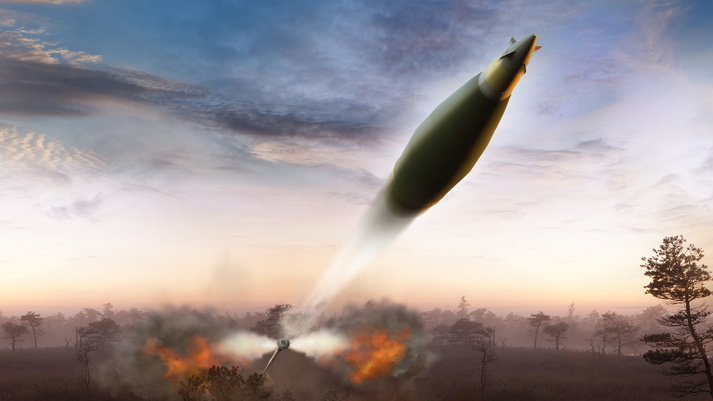
India and the United States are currently engaged in discussions regarding the development of a next-generation, long-range family of artillery precision-guided projectiles. The aim is to create munitions with enhanced lethality capable of defeating long-range targets. Both countries are exploring the possibility of developing multiple families of artillery projectiles that can be seamlessly used with existing 155mm artillery guns, requiring no modifications.
While specific details about the program have not been disclosed yet, concepts such as cannon-launched precision-guided munitions (PGMs) and Extended Range Hypervelocity Projectiles (HVP-ER) are being considered for potential joint ventures and subsequent production.
Continue readingSOURCE: RAUNAK KUNDE / NEWS BEAT / IDRW.ORG.
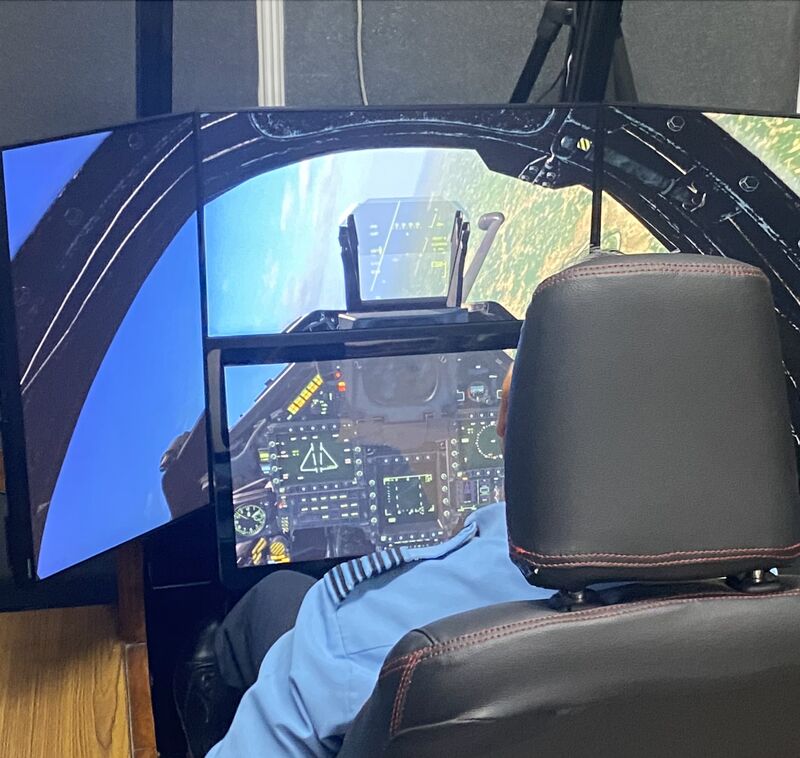
The Indian Air Force (IAF) is set to witness a significant advancement in its training capabilities with the introduction of the Military Metaverse innovation framework. Developed by a company under the NewSpace Research and Technologies group, this groundbreaking framework promises to revolutionize large-force engagement (LFE) air combat training through the integration of next-generation technologies.
At the heart of this innovation is a proprietary high-fidelity virtual environment that offers an unparalleled level of realism. Meticulously designed, it combines cutting-edge physics-based aircraft performance mapping, comprehensive cockpit content creation, and meticulous avionics and weapon systems modelling. This results in an immersive training experience that closely mirrors real-world scenarios.
Continue readingSOURCE: RAUNAK KUNDE / NEWS BEAT / IDRW.ORG.

During their recent Earnings Call for Q4FY23, top management officials of Hindustan Aeronautics Limited (HAL) announced that the designs for all parts of the LCA Mark-2 are nearly completed, and the company is gearing up to initiate production of the prototype.
The HAL expressed confidence that the LCA Mark-2, equipped with more powerful engines and numerous upgrades compared to the existing Tejas, will be developed as per schedule, with its maiden flight anticipated in mid-2025.
Continue readingSOURCE: RAUNAK KUNDE / NEWS BEAT / IDRW.ORG.
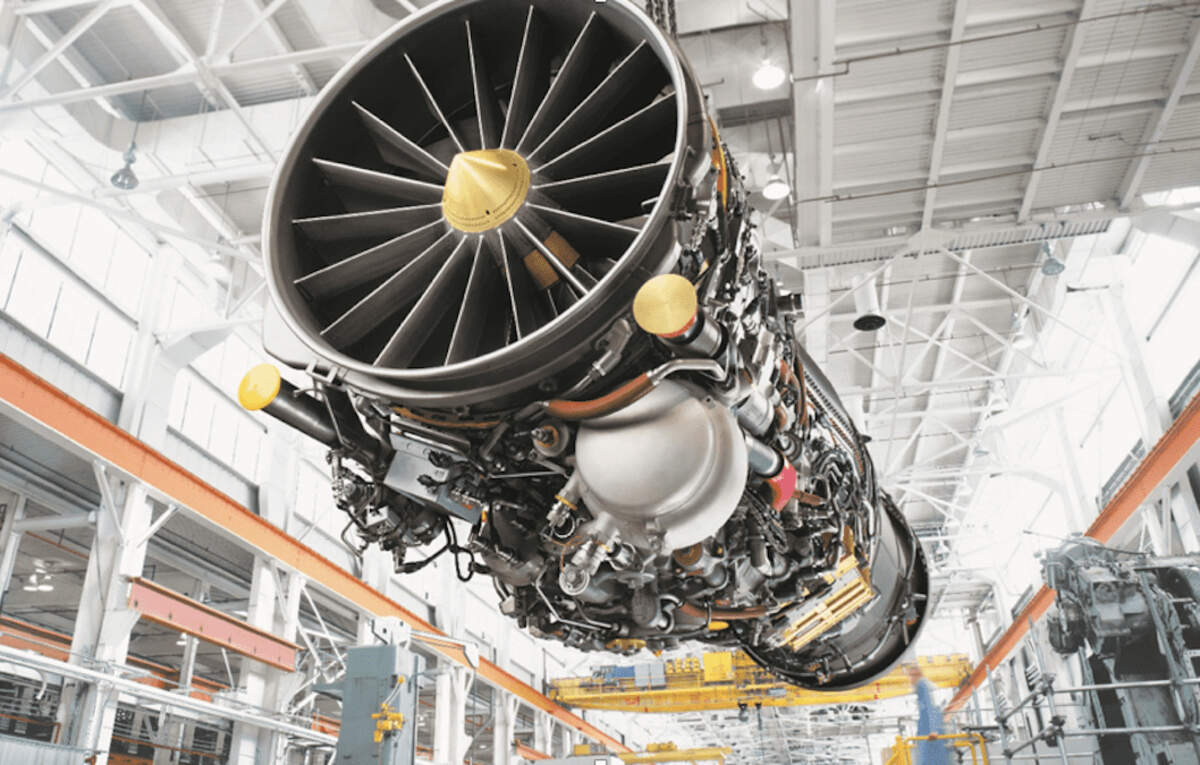
The Engine Division of Hindustan Aeronautics Limited (HAL) in Bangalore is in the lead to secure a contract for the local manufacturing, under license, of the General Electric F414 engine for the Tejas MkII program. This significant development comes as General Electric awaits final clearance from the Biden administration regarding the Transfer of Technology (ToT) for the engine, which includes clearance for the Core section of the engine to be transferred to India.
General Electric anticipates substantial orders for approximately 300 engine units solely from India for its Tejas MkII, TEDBF, and AMCA MkI fighter jet programs. Once the necessary clearances are obtained, the local manufacturing of the F414 engine by HAL’s Engine Division would not only strengthen the indigenous production capabilities but also contribute to India’s self-reliance in the defence sector.
Continue readingSOURCE: RAUNAK KUNDE / NEWS BEAT / IDRW.ORG.
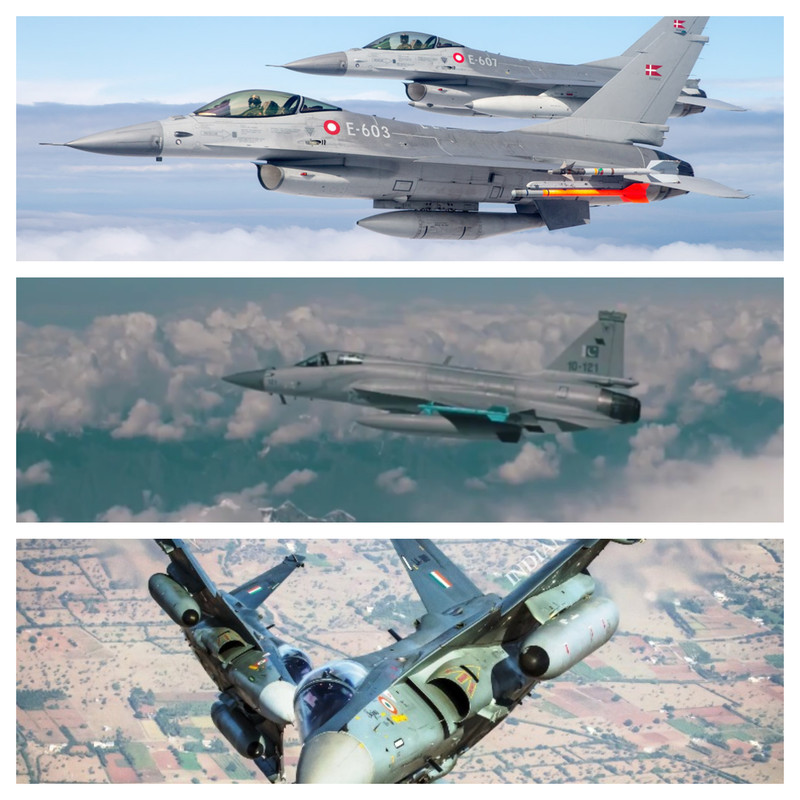
China is making notable progress in solidifying the presence of its JF-17 aircraft in Argentina, while India’s Tejas and the F-16 face obstacles in their market prospects. Against the backdrop of Argentina’s economic challenges, the country is increasingly exploring cost-effective options, which China eagerly offers, including the potential for exporting a dozen JF-17s and enabling local production rights.
Previously, the Danish F-16 MLU appeared to be leading the competition among the JF-17, Tejas, and itself for Argentina’s consideration. However, recent reports suggest that the Danish offer might be withdrawn, potentially paving the way for Ukraine to receive F-16s from the Western Block as military aid in their confrontation with Russia.
Continue readingSOURCE: RAUNAK KUNDE / NEWS BEAT / IDRW.ORG.
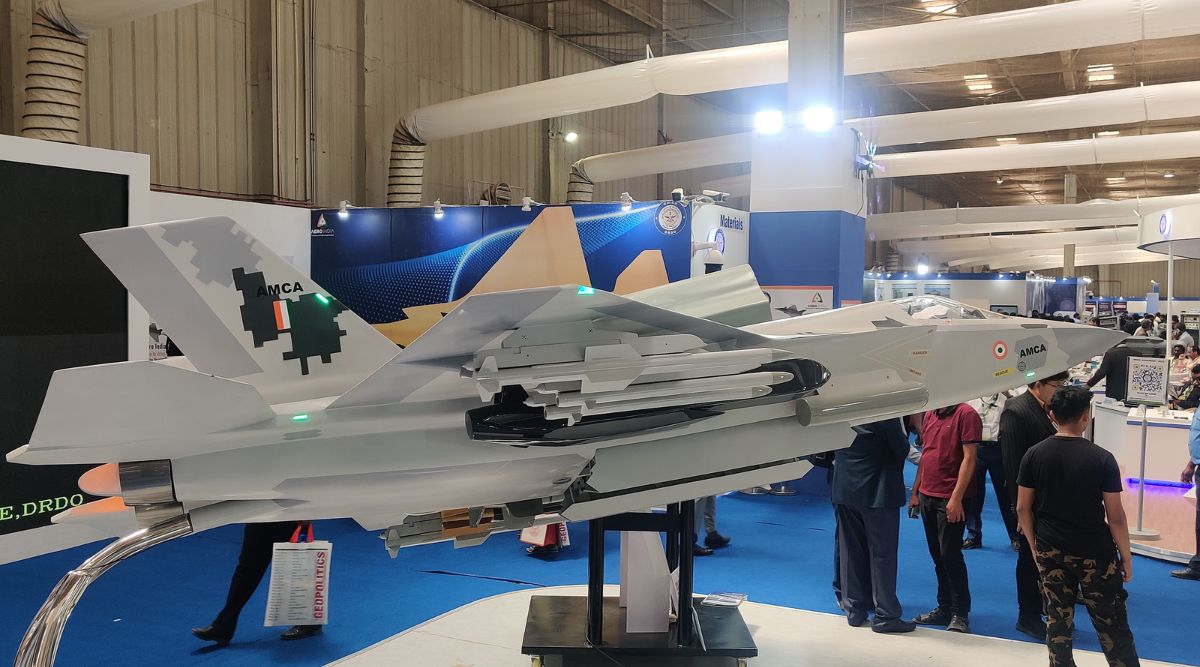
The Cabinet Committee on Security (CCS) is expected to approve the indigenous Advanced Medium Combat Aircraft (AMCA), a fifth-generation fighter aircraft being developed for the Indian Air Force. However, the clearance is likely to be granted later this year or early next year, as the Aeronautical Development Agency (ADA) has completed the Critical Design Review (CDR) of the program.
Despite this progress, the Hindustan Aeronautics Limited (HAL) and Defense Research and Development Organization (DRDO) are yet to finalize private partners for the AMCA program, which was intended to be executed through a Special Purpose Vehicle (SPV) with private players holding a majority stake.
Continue readingSOURCE: RAUNAK KUNDE / NEWS BEAT / IDRW.ORG.
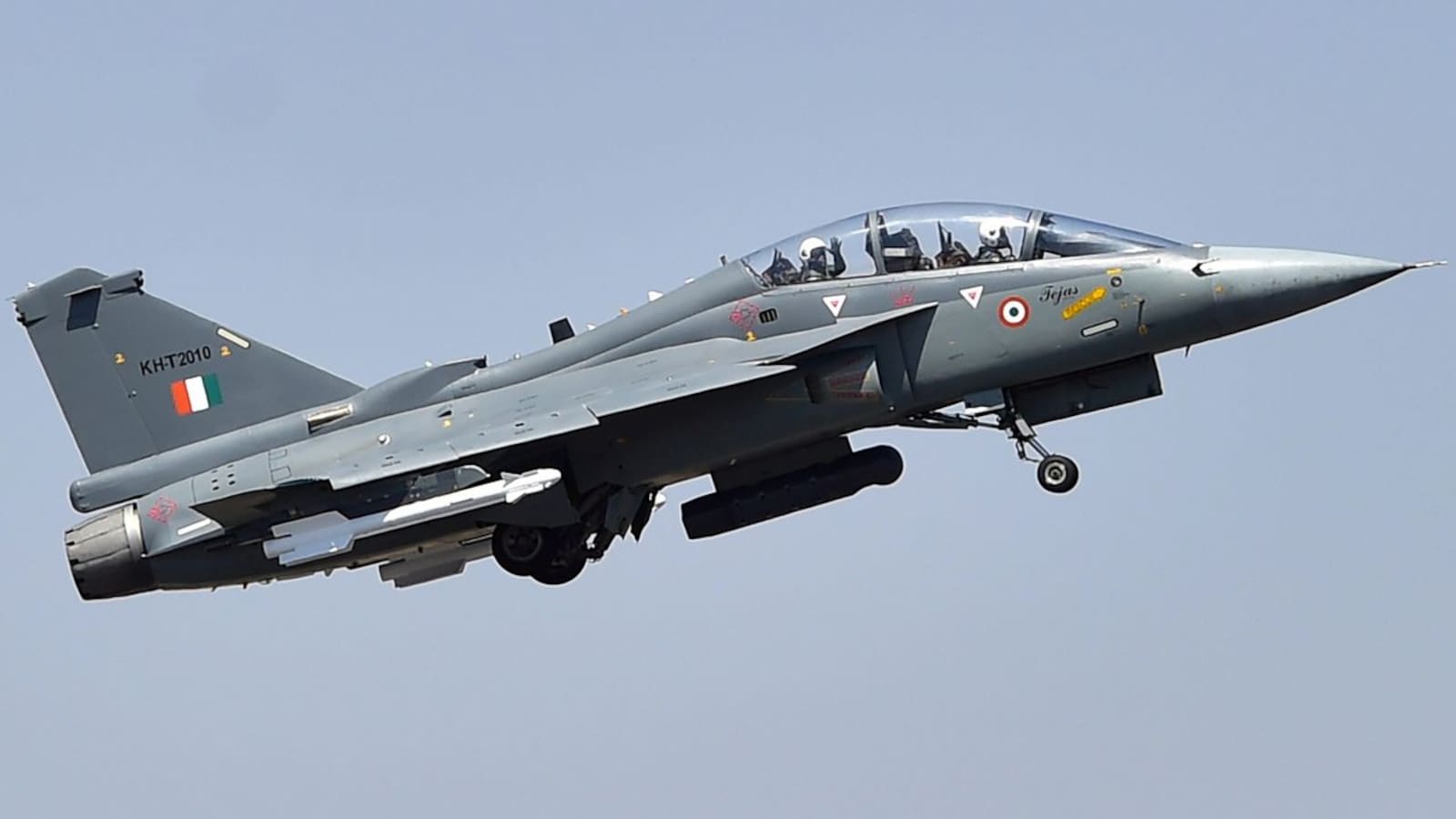
During the recent Earnings Call for Q4FY23, top officials from Hindustan Aeronautics Limited (HAL) confirmed their plans to hand over a minimum of 8 newly manufactured Tejas Trainer aircraft to the Indian Air Force (IAF) within the current fiscal year. This announcement comes although the first series production Light Combat Aircraft (LCA) Tejas trainer, LT 5201, conducted its maiden flight just last month.
HAL has received orders for 18 Tejas Trainers from the IAF, and currently, 8-10 structures are in various stages of development. By March 2024, all trainers, including the one that completed its first flight recently, will be delivered to the IAF.
Continue readingSOURCE: RAUNAK KUNDE / NEWS BEAT / IDRW.ORG.

Hindustan Aeronautics Limited (HAL), the state-owned aerospace and defence company, has set its sights on concluding the contract negotiations with the Indian Air Force (IAF) for the supply of 240 AL-31 engines for the Sukhoi-30 MKI fighter aircraft. This fiscal year, HAL aims to finalize the orders and solidify its commitment to support the IAF’s fleet.
The AL-31 engine plays a vital role in powering the Sukhoi-30 MKI, which is the backbone of the IAF’s combat fleet. HAL has engaged in productive discussions with the IAF, and both parties have made significant progress in the contract negotiation talks. The company is confident that the contract can be successfully concluded within the next 6-8 months.
Continue readingSOURCE: RAUNAK KUNDE / NEWS BEAT / IDRW.ORG.

The Ministry of Defense (MoD) in India is now focusing on the development of locally produced self-propelled air defence gun missile systems (SPAD-GMS) as replacements for the ageing Towed Bofors L 70 40mm single-barrel and Soviet-era ZU-23-2 towed 23mm twin-barrel weapon systems. Initially, the plan is to acquire 104 units of SPAD-GMS, which will later be expanded to a total of 300 units.
Since 2013, the Indian Army has evaluated five different SPAD-GMS options, but none have fully met its requirements. The K30 system manufactured by South Korea’s Hanwha Defense came close to meeting the criteria, but due to allegations that it did not meet all parameters and objections from the Russian side, which had offered the Tunguska system by Almaz Ante and Pantsir by KBP Tula systems, the plan to proceed with the K30 was abandoned.
Continue readingSOURCE: RAUNAK KUNDE / NEWS BEAT / IDRW.ORG.
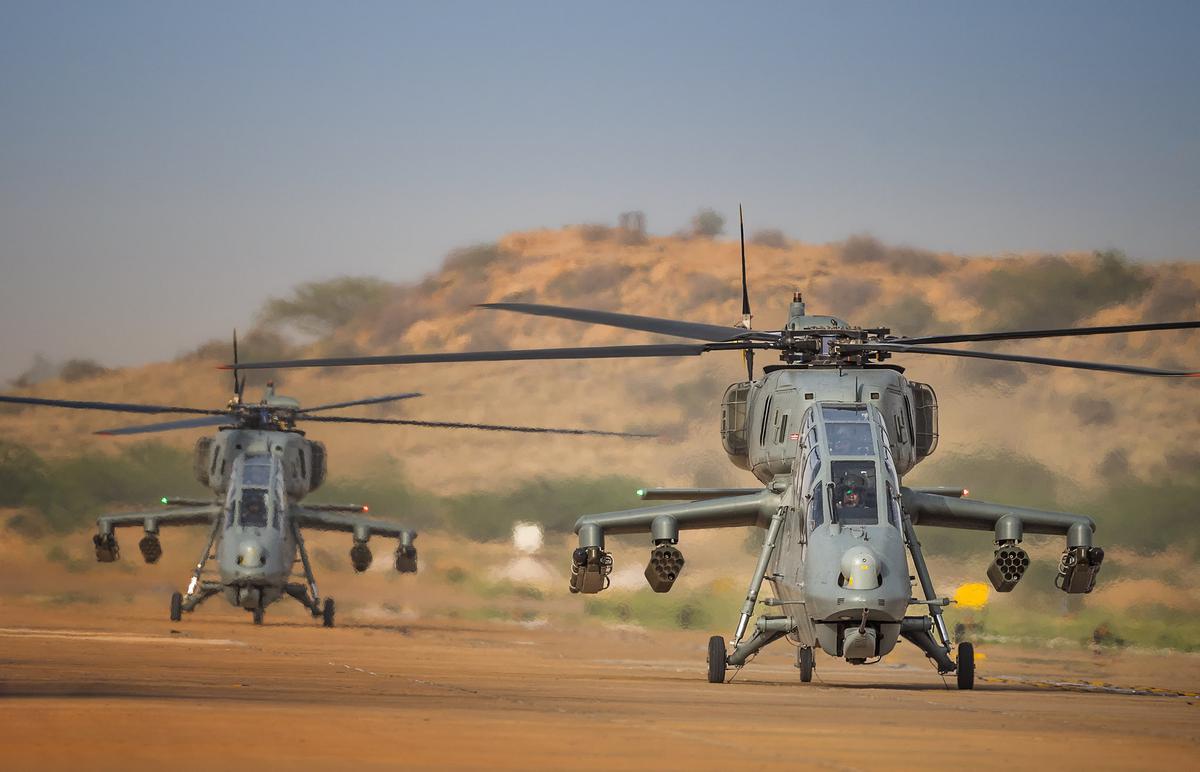
During their Earnings Call for Q4FY23, management officials of Hindustan Aeronautics Limited (HAL) announced the successful completion of the limited series production (LSP) variants of the indigenous Light Combat Helicopter (LCH) ‘Prachand.’ This significant milestone involved the production of 15 LSP LCH units, at a cost of ?3,887 crore, with 10 units designated for the Indian Air Force (IAF) and five for the Indian Army.
The LSP LCH variants have been manufactured with 45% indigenous content, which is set to progressively increase to more than 55% in Phase II. During this phase, additional user-required systems and modifications will be integrated into the helicopters. HAL aims to secure larger orders in the coming years, building upon the success of LSP production.
Continue readingSOURCE: RAUNAK KUNDE / NEWS BEAT / IDRW.ORG.
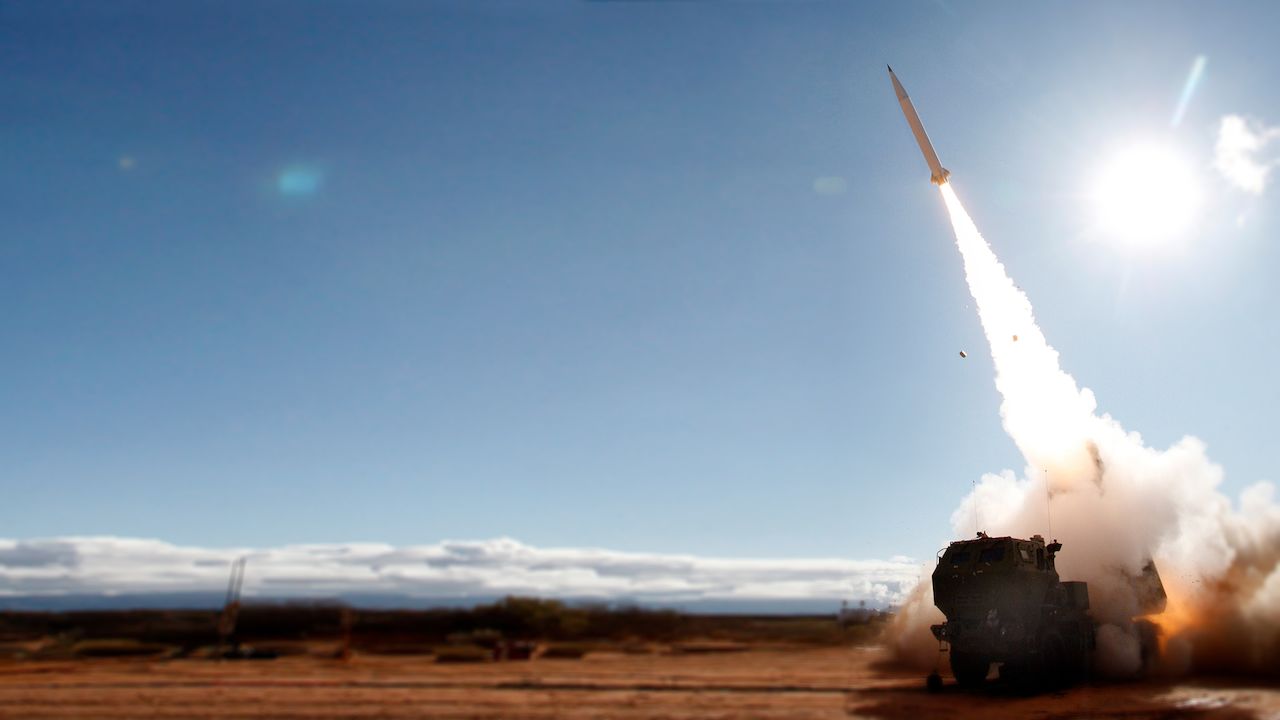
India is making significant strides towards the establishment of an Integrated Rocket Force (IRF) in response to the ongoing military standoff with China. As part of this development, the country is focusing on the creation of next-generation multiple-launch rocket systems, which will serve as crucial components of the IRF and engage important targets located deep within enemy territory.
Currently, India operates the indigenously developed 214 mm Pinaka multi-barrel rocket launcher family, with a range ranging from the older variant of 37.5 km to the Mk-II ER variant, which boasts a range of 90 km. However, the Defense Research and Development Organization (DRDO) aims to go beyond this and develop next-generation multiple-launch rocket systems in the calibre category above 300 mm. This endeavour has also attracted competition from the private sector.
Continue reading